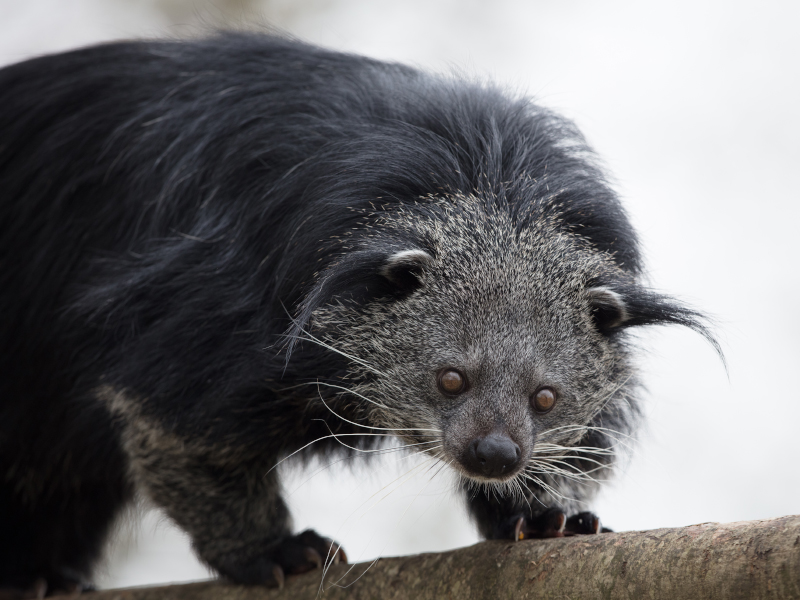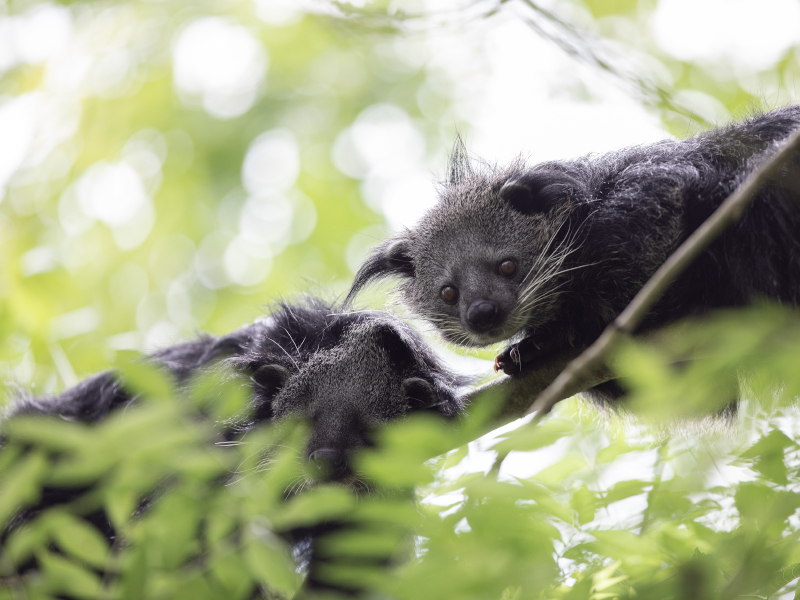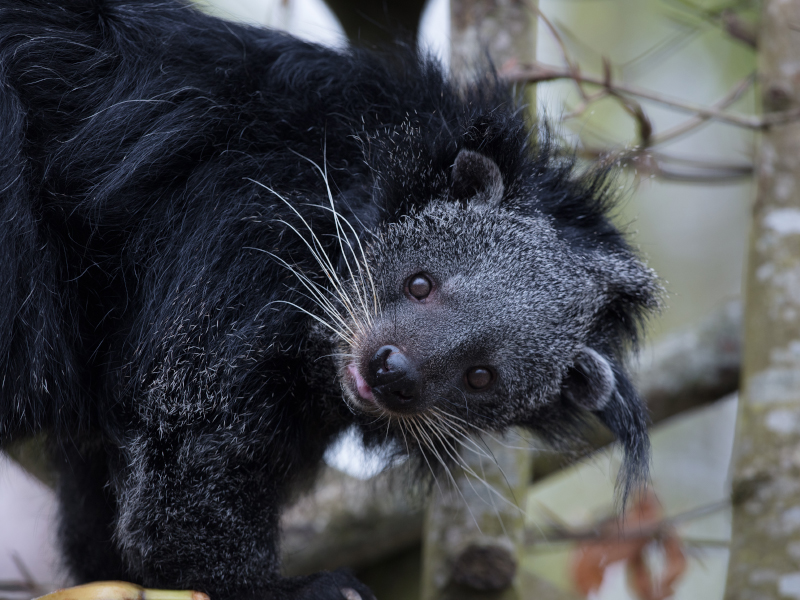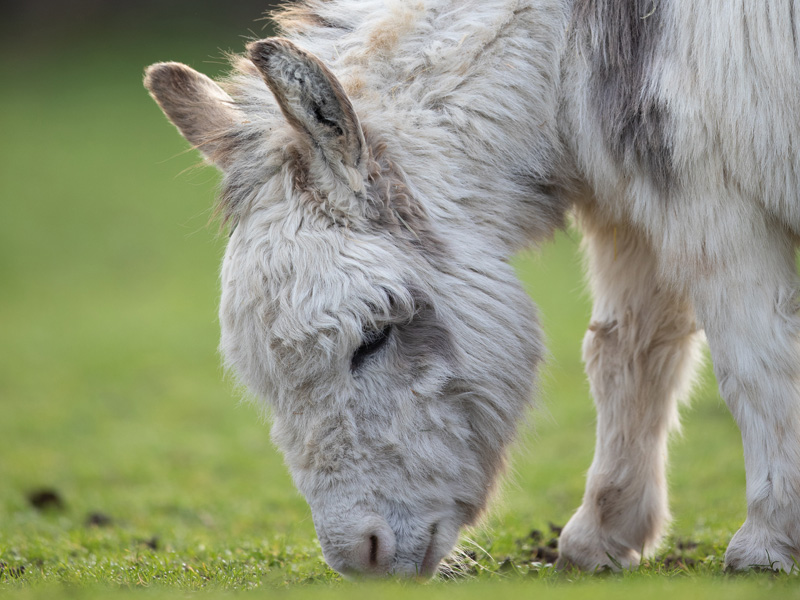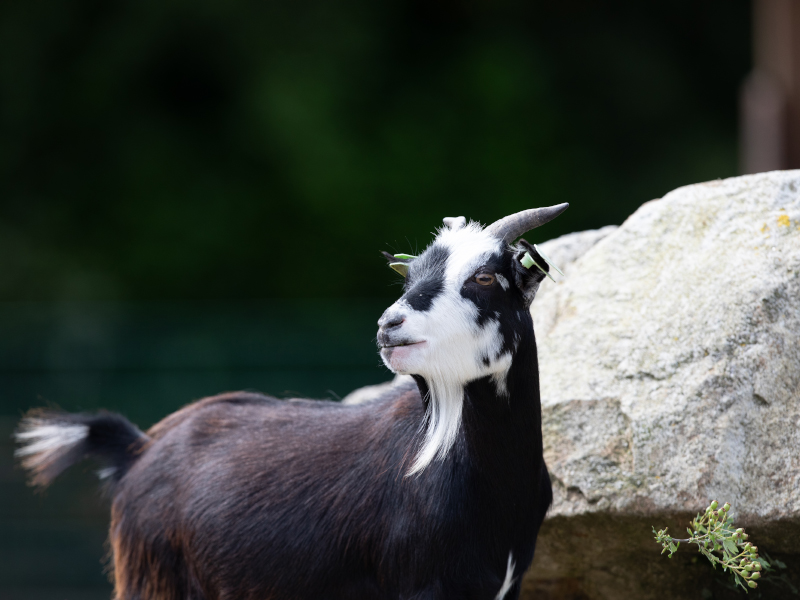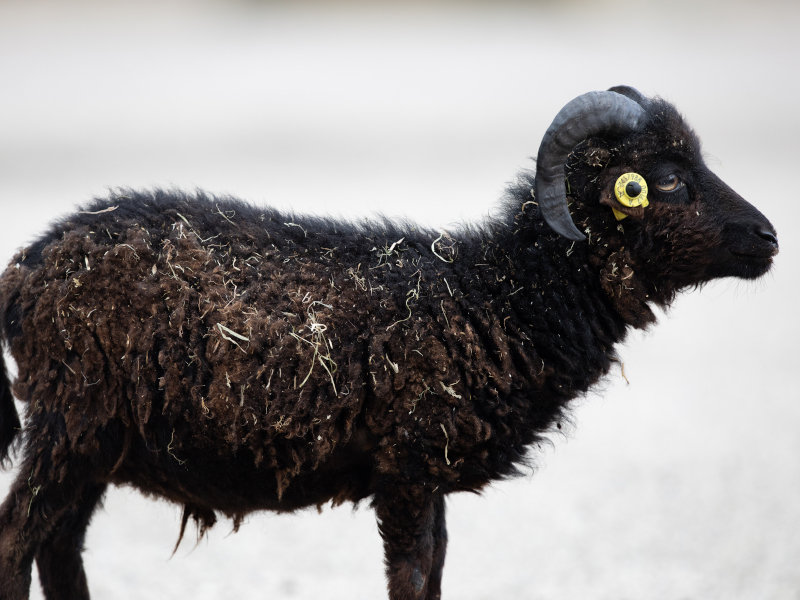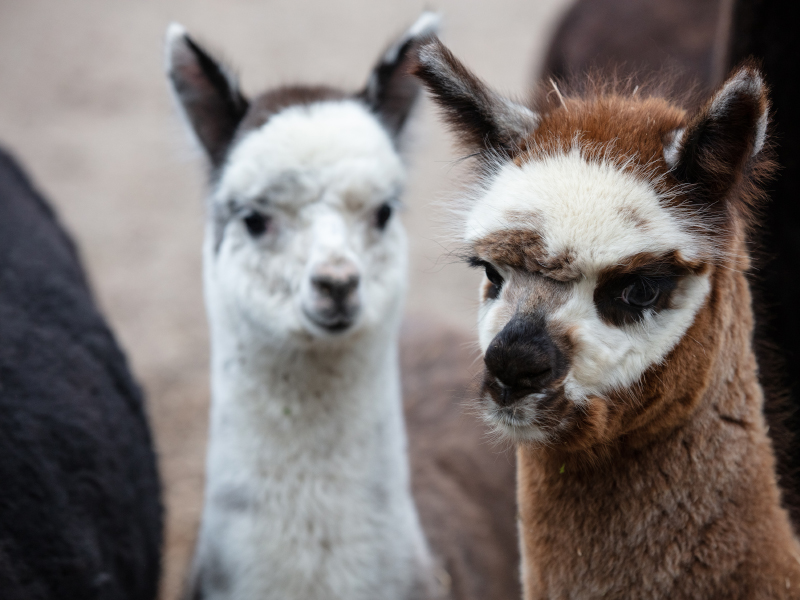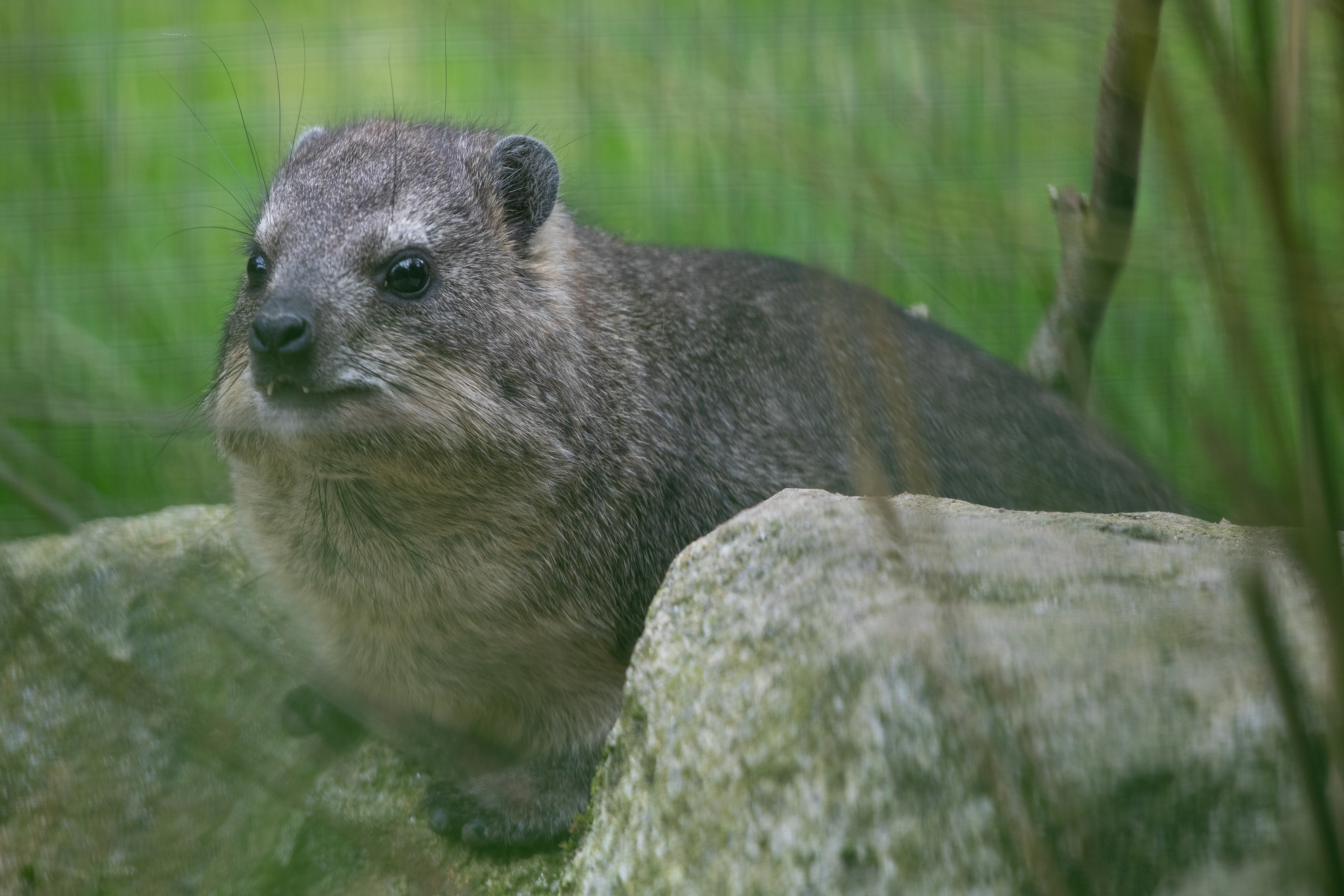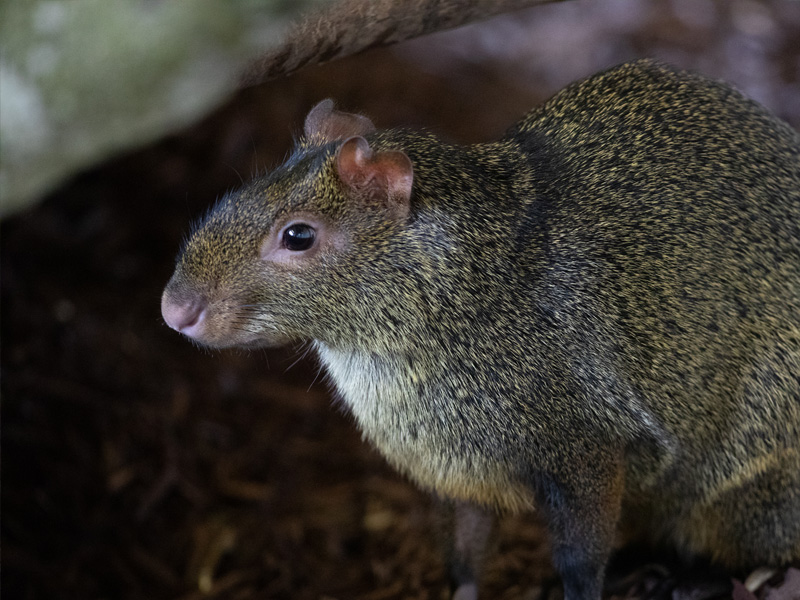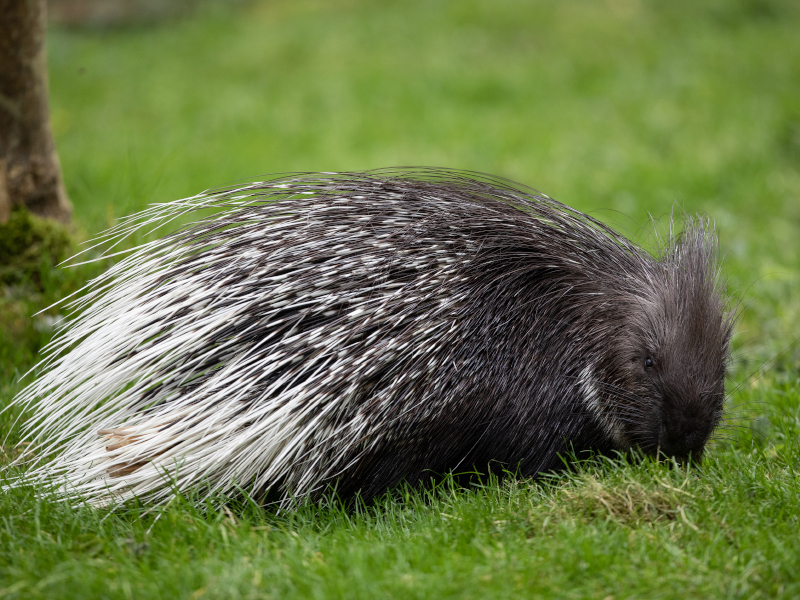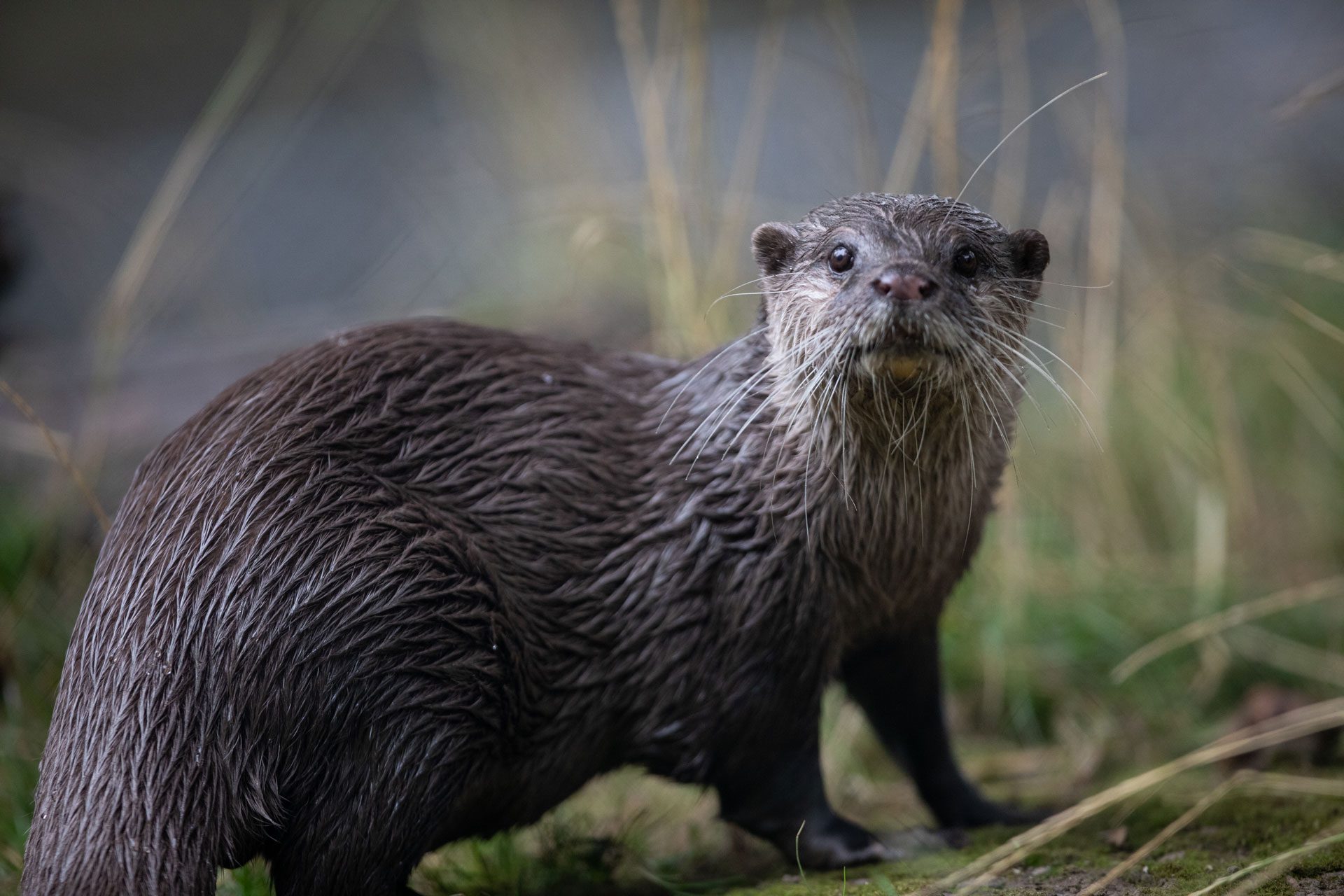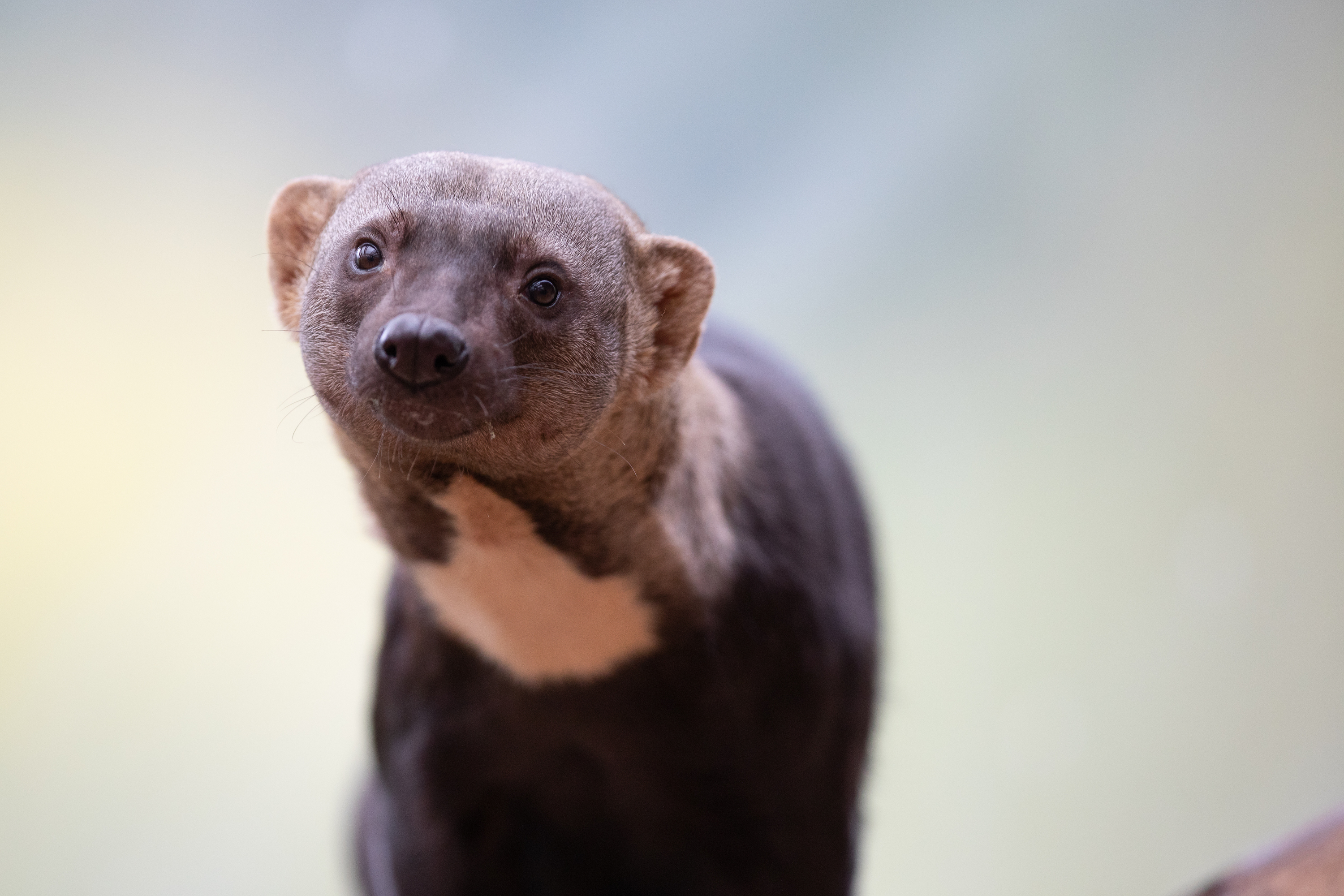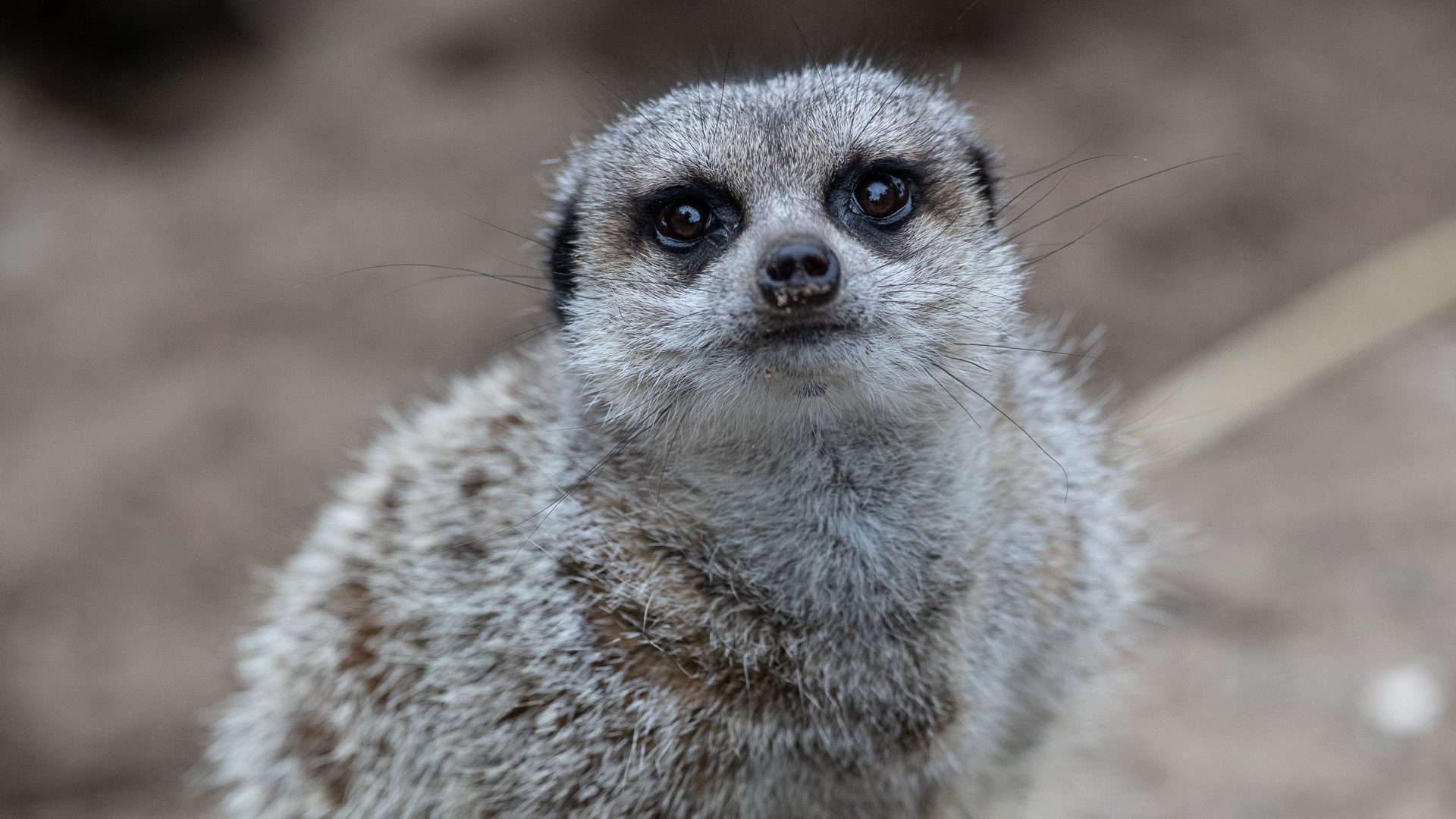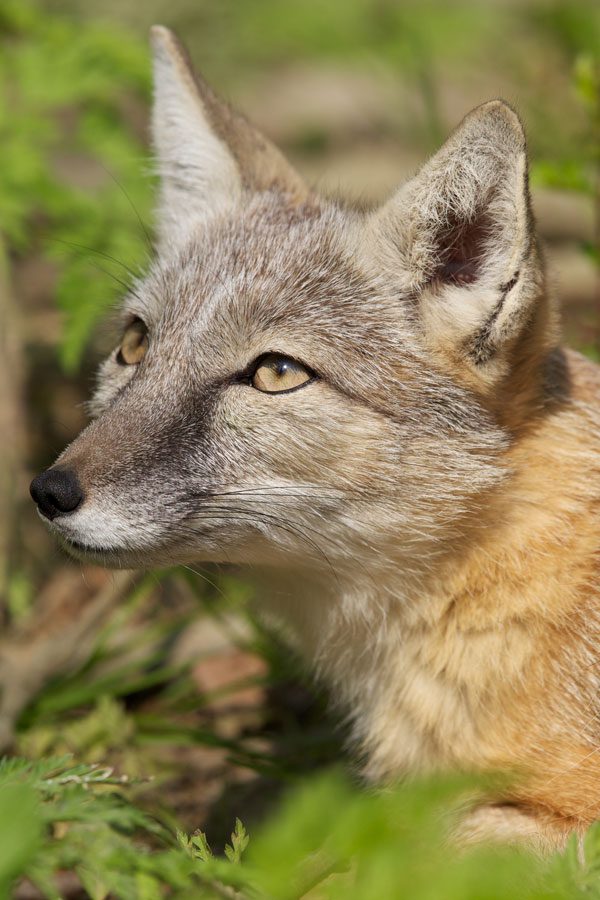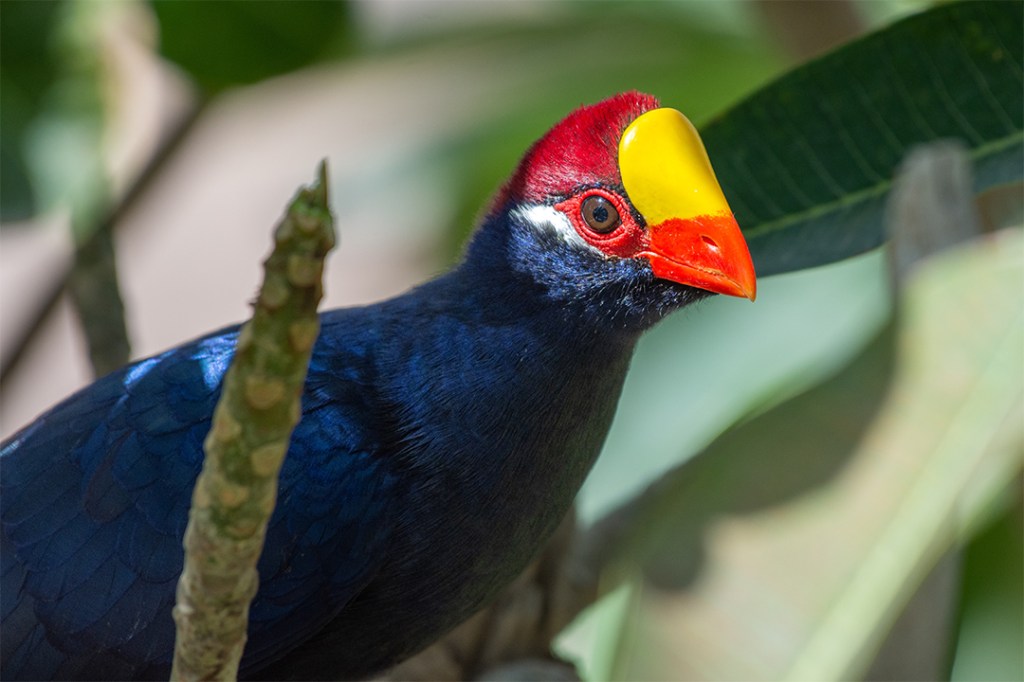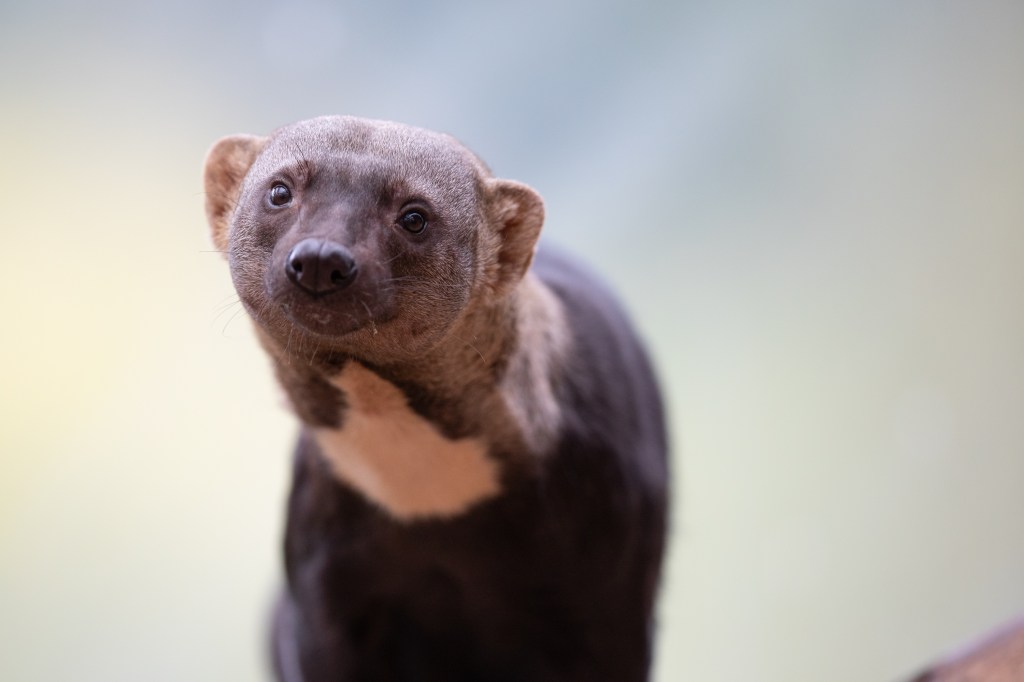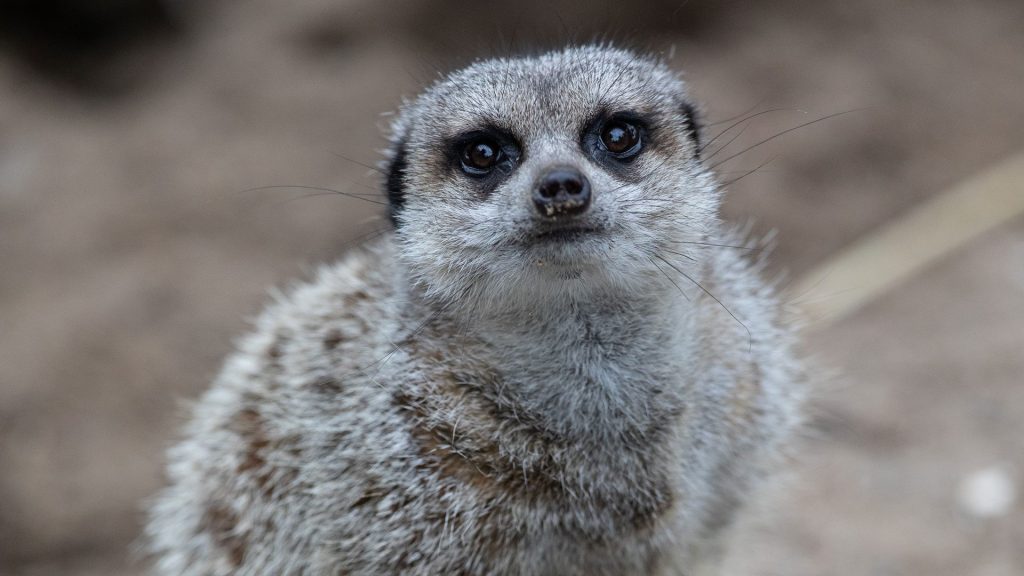Binturong are sometimes called a bearcat, but don’t let that name fool you; they are not related to bears or cats. In fact, the binturong is more closely related to civets and genets and are in the same family known as viverridae. They have coarse, shaggy fur, mainly black with a speckling of grey, particularly around their faces.
They are mainly nocturnal but can be active during the day or night. Binturong are arboreal animals, meaning that they spend most of their time in trees. They are slow but very steady climbers and have large claws for gripping.
They are mainly solitary or will live in small groups, including a female and her offspring. They use calls to communicate with one another and to warn off any possible threats.

Popular Searches
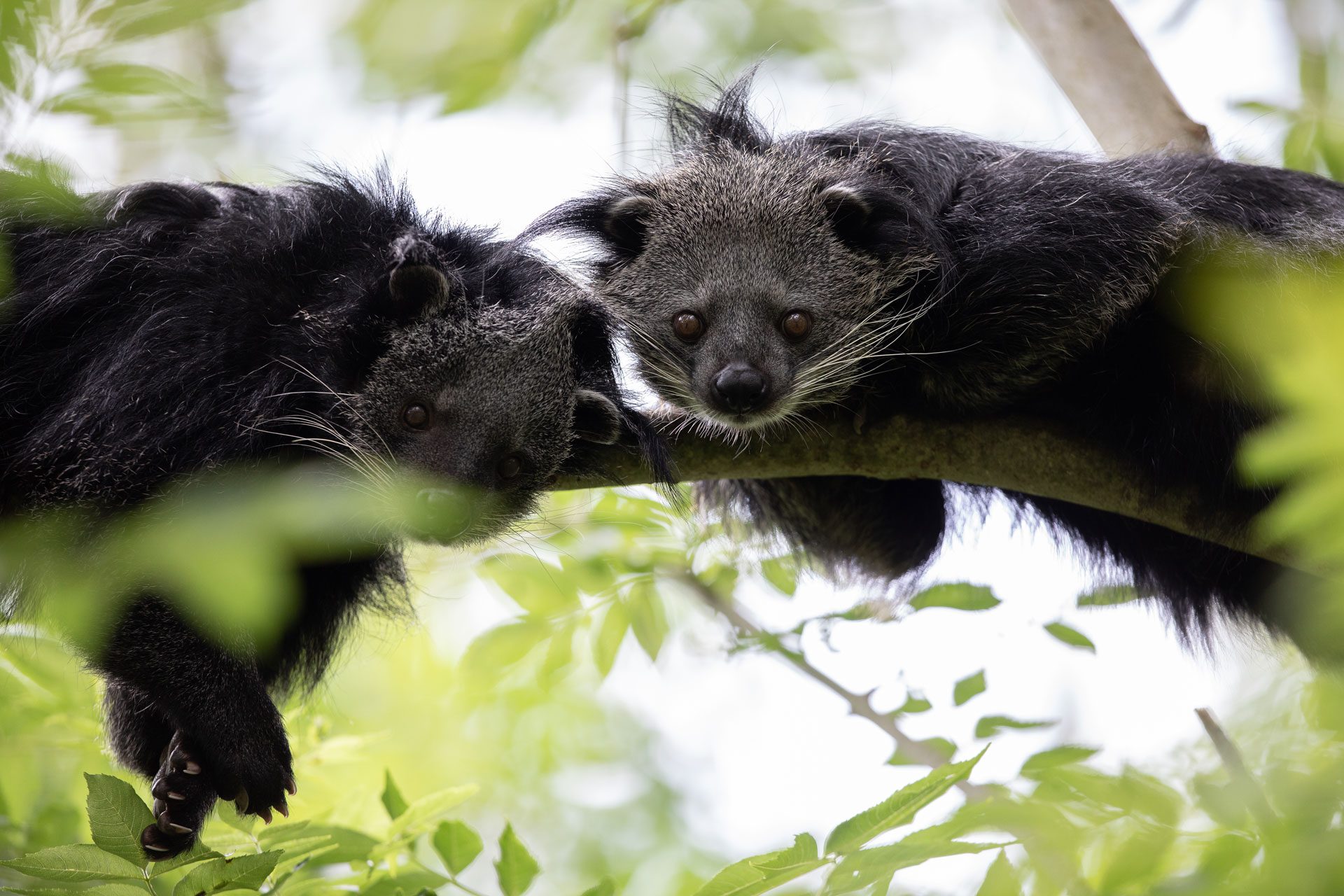
Binturong
-
Introduction
-
Conservation
Binturong are classed as vulnerable.
The International Union for Conservation of Nature (IUCN) have listed Binturong as vulnerable.
Binturong were once considered common in their native range but are now facing localised extinctions, across several nations. They have suffered over 30% population loss in the past 30 years. Threats to the wild binturong population include pet trade, habitat loss and hunting for meat and traditional (belief-based) medicine practice.
-
Habitat
Binturong are arboreal, living in the canopy of tall, dense tropical forests. Their native range is in Southeast Asia, from North-eastern India, Bangladesh, Yunnan and Guangxi in China, to Malaysia, Indonesia, and the Philippines.
-
Fun Facts
Binturong play a key role in the ecosystem, that they inhabit. By eating fruits, they carry out seed dispersal and therefore contribute to the healthy growth of plants in the rainforest.
Binturongs musk gives off a smell that is very similar to fresh buttered popcorn.



